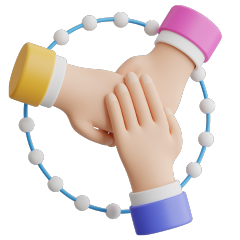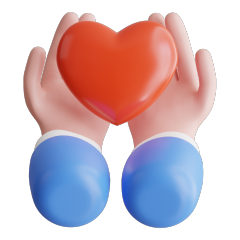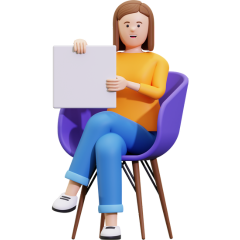Why suicide prevention should always be top of mind
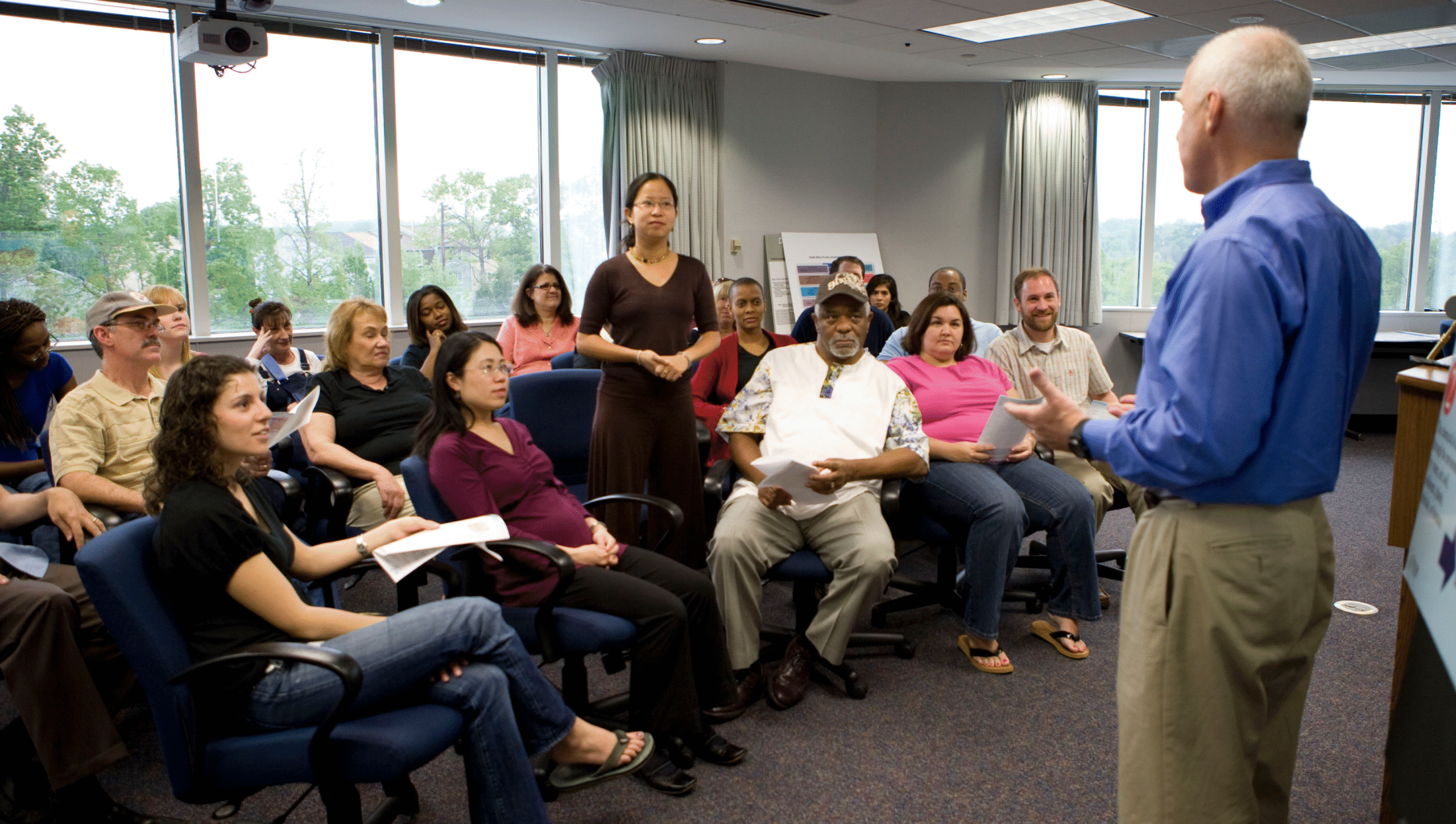
September is Suicide Prevention Month. Learn the warning signs, explore workplace supports and discover how collective action can reduce suicide risk and save lives.
(Trigger warning: Repetitive mentions of suicide.)
Table of Contents
Every day in Australia, 9 people die by suicide and more than 150 attempt to take their own life. That’s over 3,000 deaths each year, and thousands more experience deep suicidal distress. Behind each number is a story, a family or a community left searching for answers.
The truth is, suicide can reach anyone no matter their age, role or story.
A parent carrying the quiet weight of their family.
A teenager worn down by bullying.
A worker under relentless pressure.
Someone struggling to make ends meet.
Even a person who has just received heartbreaking news.
On the outside, they may seem like they’re holding it all together, but deep inside, they’re breaking, drifting further away. Until one day, they’re gone.
But it doesn’t have to be the end. There’s still hope, and we can do something about it.
It’s important to remember that recovery is possible. Many Australians who have been through suicidal distress find their way forward, rebuilding their lives with purpose, joy and meaning. Healing doesn’t happen overnight, but with the right supports, it can and does happen.

September is Suicide Prevention Month, a time to raise awareness and strengthen our collective response. It brings together World Suicide Prevention Day (10 September) and R U OK? Day, both reminders that even a small, genuine conversation can spark hope and help save a life.
Why suicide prevention matters
Suicide was the main cause of death for Australians aged 15 to 49 years. The latest data from the Australian Bureau of Statistics shows that in 2023, 3,214 Australians died by suicide. Moreover, men remain at higher risk of dying by suicide, but women are more likely to report suicidal thoughts or attempts.
Some groups face greater risk due to compounding factors such as disadvantage, discrimination, or access to means. First Nations Australians, for example, experience suicide rates nearly twice the national average. LGBTQ+ Australians are also more vulnerable. For older adults, isolation and health challenges can increase distress, while people with disability may experience barriers to accessing timely mental health support.
Suicide prevention matters because behind each statistic is a person who could have been supported earlier. Prevention is not just about crisis response but about recognising distress, creating environments that foster wellbeing and building systems that make it easy to ask for and receive help.
The signs of suicidal distress
Suicidal thoughts rarely come out of nowhere. More often, they build slowly and can shaped by stress, trauma or underlying mental health conditions. Recognising the signs can help us step in before a crisis escalates.
Some warning signs to look out for:
- Talking about feeling hopeless, being a burden or not wanting to live
- Pulling away from friends, family or activities they usually enjoy
- Noticeable mood shifts, including sudden calmness after a period of distress
- Increased risk-taking or heavier use of alcohol and drugs
- Changes in sleep, appetite or everyday routines
It’s important to remember that these signs may not always be obvious. Sometimes, the people most at risk are the ones who seem “fine.” That’s why open, non-judgemental conversations are so important. Asking someone if they’re okay and listening with patience and understanding, can be the first step toward saving a life.
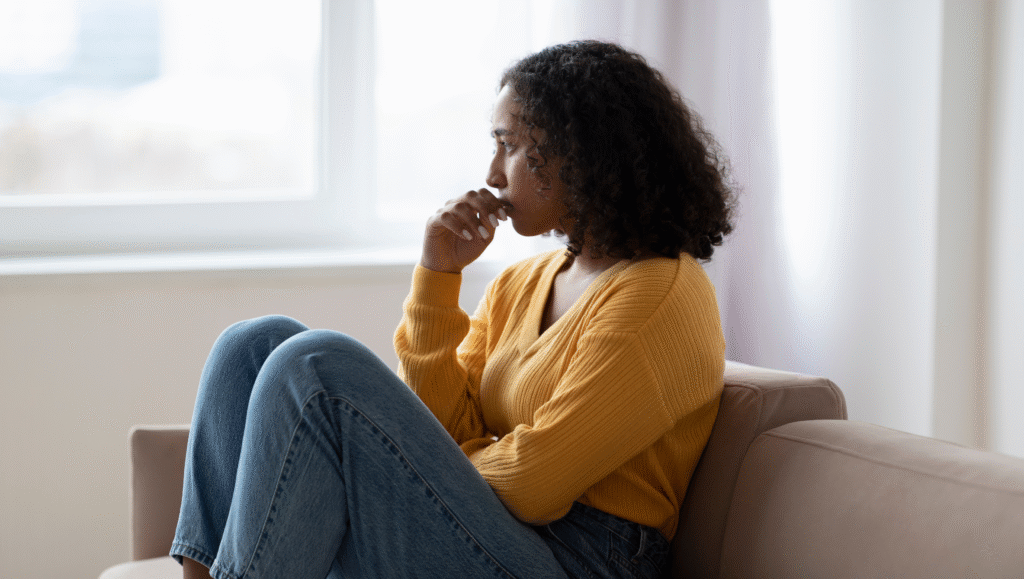
Also, you might hear the term “suicide risk assessment.” It simply means checking in on how someone is feeling, if they’re safe and what kind of support they need. In workplaces and health services, trained professionals use these assessments. But at home, it can be as simple as noticing changes, asking with care and encouraging professional help. Learn more about it here.
Occupations at higher risk
Workplaces are not immune from suicide risk. A report from Monash University (2020) found that certain professions face significantly higher rates of suicide compared to the general population.
- Construction workers were found to be at least twice as likely to die by suicide as other men.
- Agricultural workers face added risks due to isolation, financial stress and stigma around seeking help.
- First responders (police, paramedics, firefighters) experience higher exposure to trauma, contributing to distress.
- Health and aged care workers often carry the emotional weight of caring for others while neglecting their own wellbeing.
See related article: NSW unveils strategy to improve mental health support for first responders
These findings highlight the need for targeted workplace supports. For employers, introducing programs like Employee Assistance Programs (EAPs) is one way to create safer, more compassionate workplaces.
Stress, trauma, job insecurity and stigma around seeking help all contribute. But workplaces can flip the script by normalising conversations about mental health, offering timely support, and making sure no one feels like they’re carrying it all alone.
Leora’s workplace mental health platform is designed to make support easy, confidential and stigma-free. When employers take mental health seriously, lives are saved.
If you’d like to explore this further, we’ve put together a white paper on why prioritising mental health is also one of the smartest business strategies.
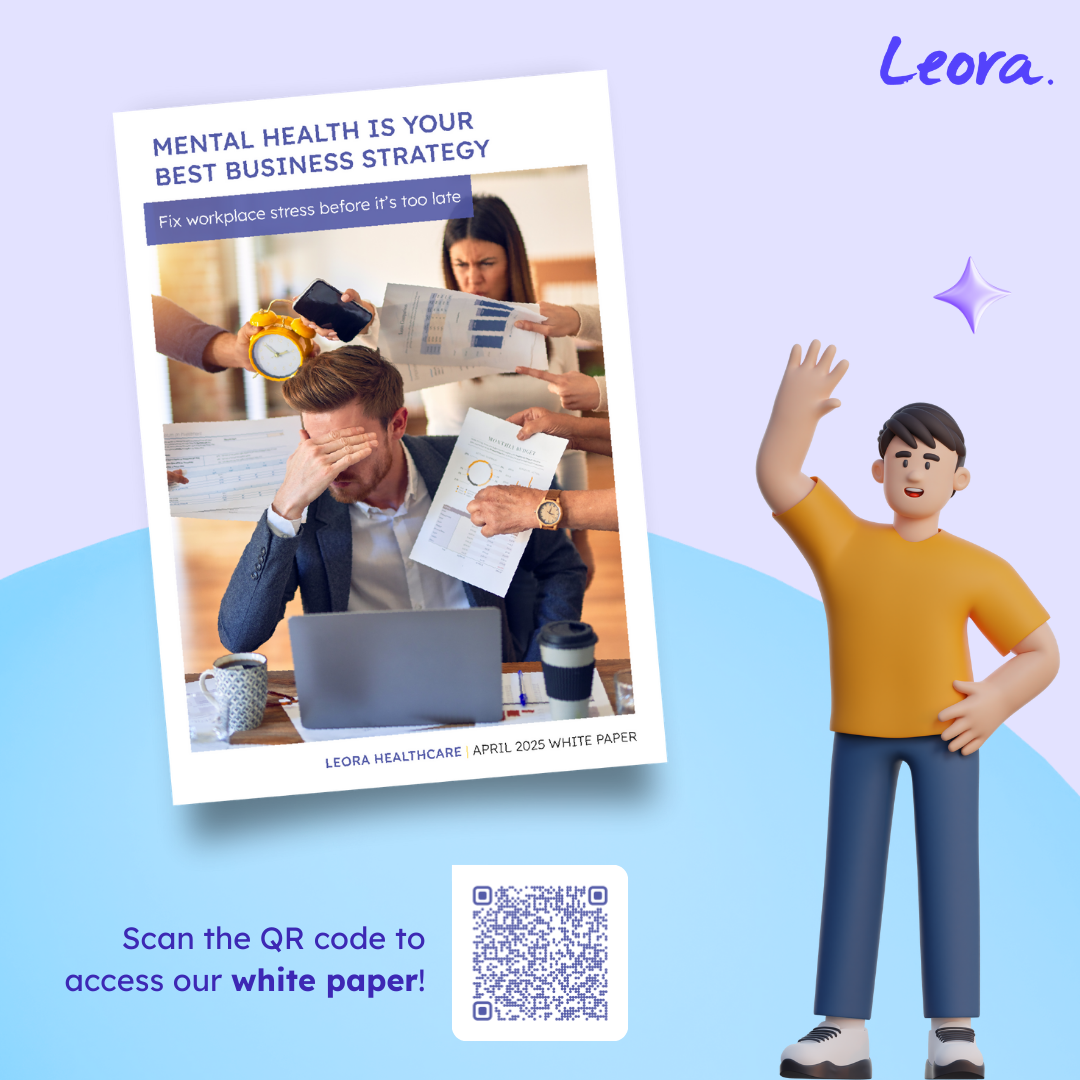
National Suicide Prevention Strategy
In 2025, the National Suicide Prevention Office released the first National Suicide Prevention Strategy, marking a turning point in how Australia approaches this crisis.
The strategy emphasises three pillars:
- Prevention before crisis – addressing disadvantage, trauma and inequality before they escalate into suicidal distress.
- Compassionate support in crisis – ensuring services are accessible, responsive and tailored to the person.
- Collective responsibility – recognising that suicide prevention is not just the job of health services, but of governments, communities, workplaces and every individual.
This approach echoes what people with lived experience have been saying for years: suicide prevention requires both system change and human connection. It’s about building a society where people feel seen, heard and supported.
Change works best when it comes from the ground up. Local voices, cultural wisdom and lived experience are all crucial in shaping prevention efforts that actually work.
Technology, AI and the changing face of support
Support today comes in many forms. While traditional therapy and community services remain essential, new tools are reshaping access. A 2025 Harvard Business Review report found that one of the top global uses of generative AI is therapy and companionship, showing how people are turning to technology for emotional support. AI tools can offer round-the-clock conversations, organisation tips, or help with finding purpose.
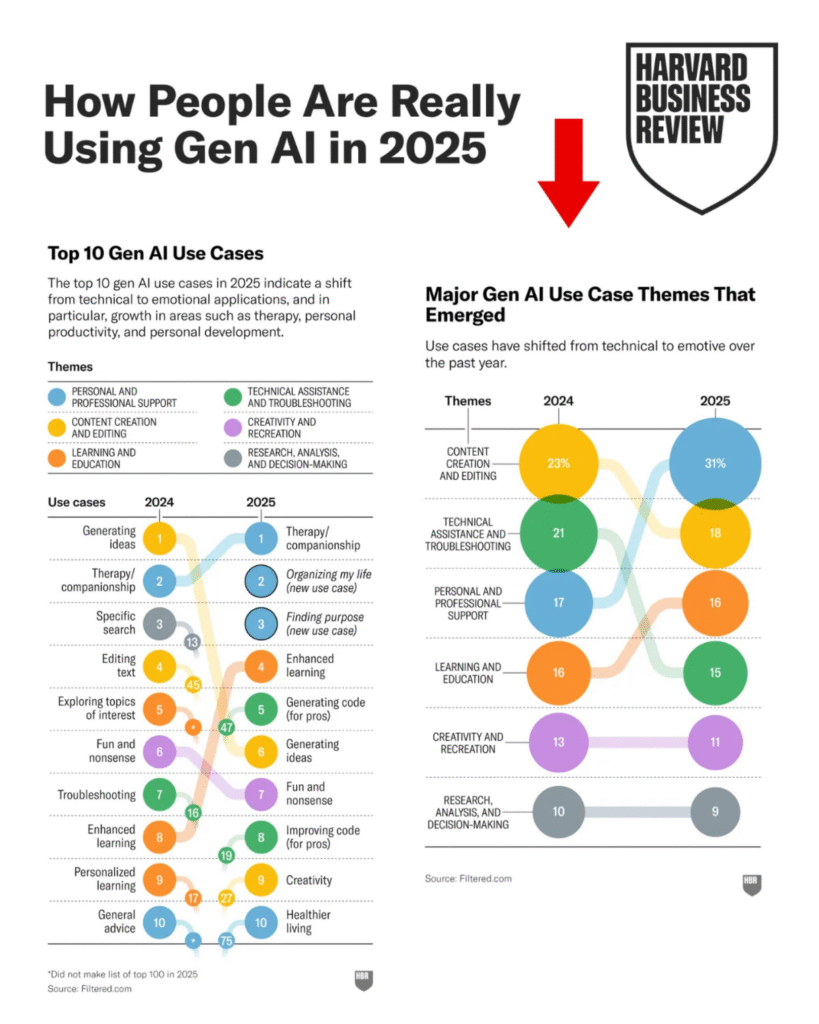
But while technology can supplement care, it cannot replace the depth of human connection. Professional care, peer support and strong communities remain the foundation of suicide prevention. That’s why workplace initiatives like Leora’s EAP combine the best of both: digital accessibility and human expertise.
Suicide prevention: Where to find help
If you or someone you know is struggling, please reach out:
- Lifeline 13 11 14 – 24/7 crisis support
- Beyond Blue 1300 22 4636 – mental health support and resources
- 13YARN 13 92 76 – crisis support for Aboriginal and Torres Strait Islander peoples, by Aboriginal and Torres Strait Islander peoples
- Kids Helpline 1800 55 1800 – for young people aged 5–25
We believe suicide prevention also belongs in the workplace. Through the Leora mental health platform, organisations can offer their teams access to on-demand counselling, mental health resources and a supportive community. Individuals can also suggest these services to their employers, opening the door for collective support at work.
Suicide prevention is everyone’s responsibility
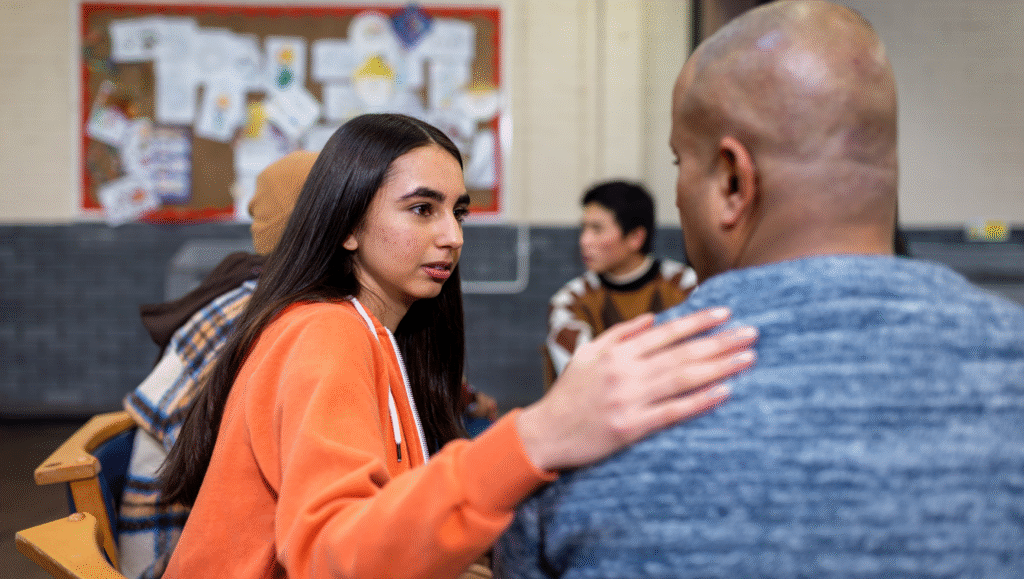
Suicide prevention is not only the role of governments or health services. It’s about all of us — as family members, friends, colleagues or neighbours. Every conversation matters. Every workplace culture shift matters. Every act of compassion matters.
As Dr Alex Hains from the National Suicide Prevention Office put it: “By working together and using the best available evidence, there is reason to hope. Reason to believe we can change this.”
This World Suicide Prevention Day, let’s carry that hope forward. Ask the question. Offer your support. And remember that help is closer than it sometimes feels.
Together, let’s #ChangeTheNarrative.
